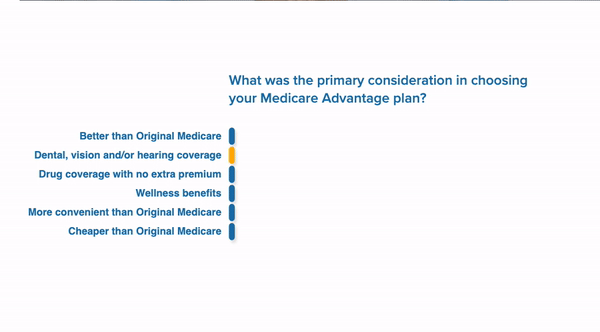Medicare Advantage vs. Medicare Supplement
Original Medicare (Parts A and B) covers most healthcare needs but leaves patients responsible for 20% of costs. This gap, with no annual cap, can be financially challenging in case of serious illness or injury.
To cover gaps in their coverage, many turn to Medicare Supplement or Medicare Advantage plans. NOTE: You can enroll in standalone Original Medicare OR Original Medicare AND a Medicare Supplement plan OR a Medicare Advantage plan. Before selecting a plan, ensure you don’t already have supplemental coverage through other sources like retiree health benefits or Tricare for Life.
Medicare Supplement and Medicare Advantage plans, offered by independent insurers, serve distinct purposes.
Medicare Supplement works alongside Original Medicare, covering a portion of claims after Medicare pays its share.
Conversely, Medicare Advantage replaces Original Medicare with standardized Medicare Part A and Part B. Regardless of choice, Part B premium remains payable.
Medicare Supplement, while potentially pricier, offers nationwide coverage, allowing freedom in choosing healthcare providers.
Medicare Advantage plans often feature lower premiums but operate within provider networks, restricting choices. While they cover the same benefits as Original Medicare, they may also offer additional perks.
Let’s dive deeper into each.
Medicare Supplement
Medicare Supplement (also known as Medigap): Bridges the coverage gaps in Original Medicare, including the 20% coinsurance in Part B and hospital coinsurance in Part A. Depending on the plan, it may cover deductibles and other expenses, even offering 80% coverage for emergency medical care abroad. These plans are labeled A, B, C, D, F, G, K, L, M, and N. This option may be beneficial to people who want the freedom to choose their own providers, such as specific doctors or hospitals.
Pros:
- No restrictions in choosing providers.
- Limited out-of-pocket costs.
- Nationwide coverage.
Cons:
- Premiums vary based on plan, timing, and insurer.
- Best purchased during a seven-month open enrollment period to avoid medical underwriting.
- Restrictions may apply for those under 65 with disabilities in some states.
Guaranteed Issue Rights ensure access to certain Medicare Supplement plans in specific situations, protecting against health-based discrimination.
Medicare Advantage
Medicare Advantage integrates Medicare Parts A, B, and often D, offering additional benefits beyond Original Medicare. Commonly HMOs or PPOs, they set their cost-sharing structures and may require referrals for specialist visits.
Pros:
- Lower premiums.
- Flexibility to switch plans during enrollment periods.
Cons:
- Network restrictions may limit provider choices.
- Additional costs for out-of-network services.
- Copays for most services.
Switching between Medicare Advantage and Medicare Supplement is possible within defined periods and circumstances, but varying rules apply.
Deciding between the two depends on individual healthcare needs, financial considerations, and personal preferences.

Next Steps
Ultimately, there’s no one-size-fits-all solution. Consult healthcare providers, evaluate financial aspects, and compare Medicare Advantage vs. Medicare Supplement plans to find the best fit, ensuring comprehensive coverage tailored to individual requirements.




